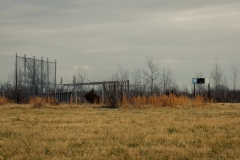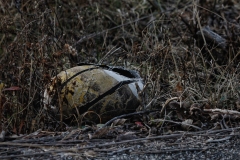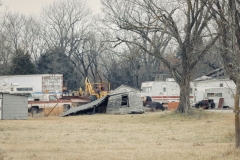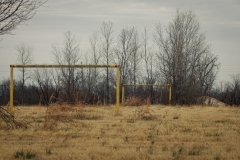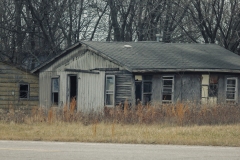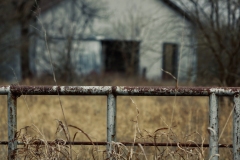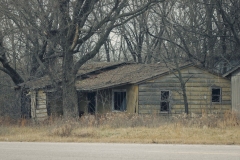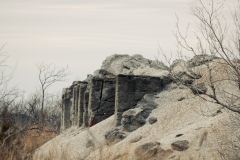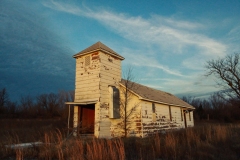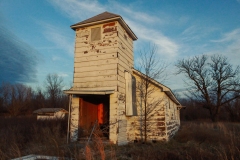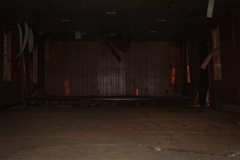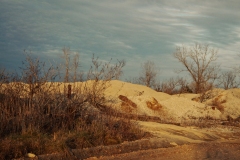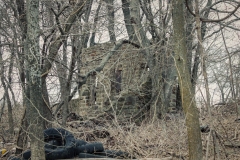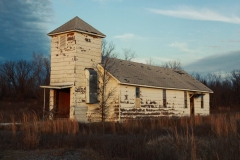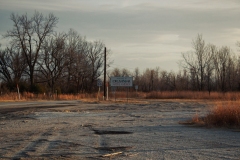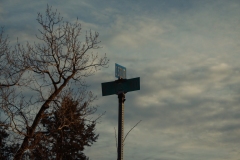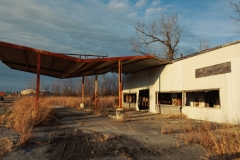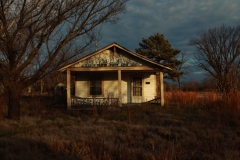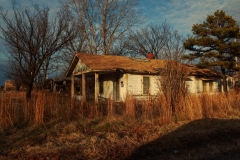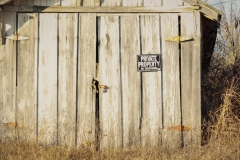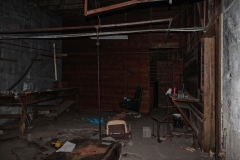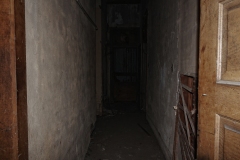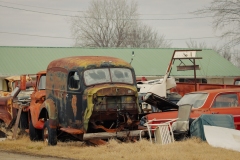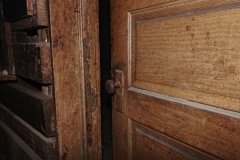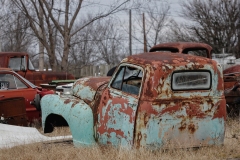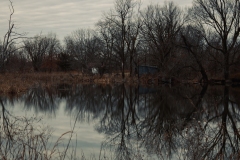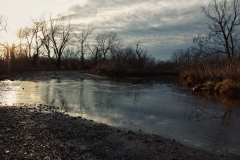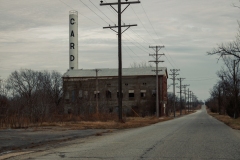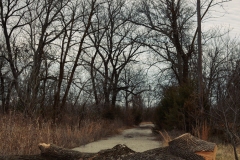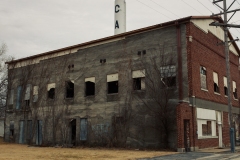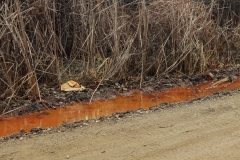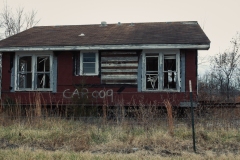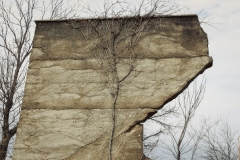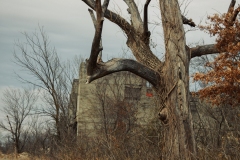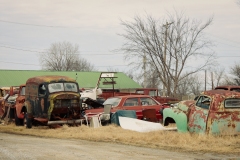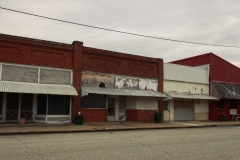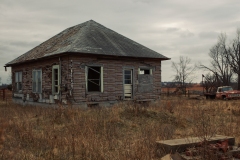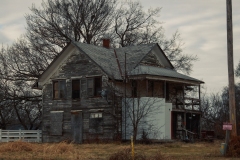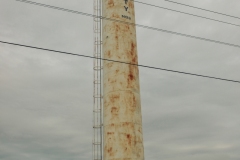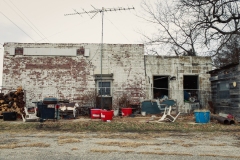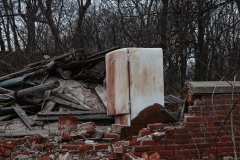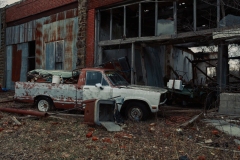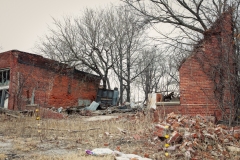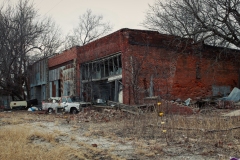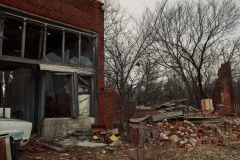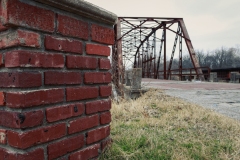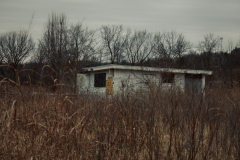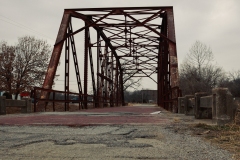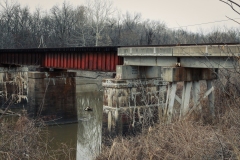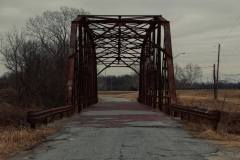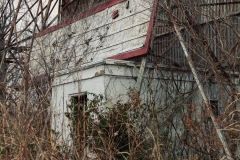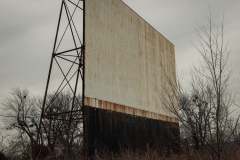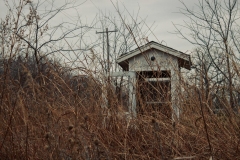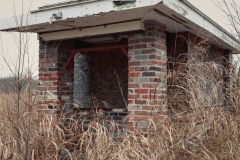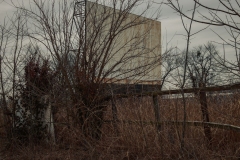The Tri-State lead and zinc ore mines (meeting place of Oklahoma, Missouri, and Kansas) were responsible for both the creation and destruction of a handful of towns. Picher, Oklahoma and its neighbors once belonged to the Quapaw tribe and was returned to them in far worse condition. With millions of dollars in profits, the mining companies that supplied most of our bullets during WWI and WWII ceased operations in the 1970’s. They left behind what would soon become uninhabitable land. The remnants of what was pulled from the ground, called “chat,” covers much of the area in massive piles which can easily be seen in satellite photos. What looks like hundreds of gravel hills contaminated the air and water. Studies found that over half of local children were suffering from lead poisoning and developing learning disabilities. Further danger grew as sinkholes started eating homes. This toxic area eventually became a superfund site in the 1980’s, which means that federal dollars are used to aid in cleanup efforts. Those efforts were far slower than what the state expected and is still far from finished. Buyout offers were made to relocate families from 2000 through 2009, when schools and local government were shut down. An F4 tornado destroyed a considerable portion of their town in 2008 and was followed by scheduled demolition for most of what remained. Today, you can find some scattered remains of homes, cement slabs of many others, a few vacant buildings, a perfectly in-tact (unused) high school, sinkholes which have become ponds, and mountains of chat. The streets are kept pretty clean and cut down trees are strategically placed to block access to some. If the government will allow the Quapaw to sell contents of these hills for use in creating roads, they hope to see the area returned to the natural beauty of what covered this land over 100 years ago. By then, all which will remain are memories.

